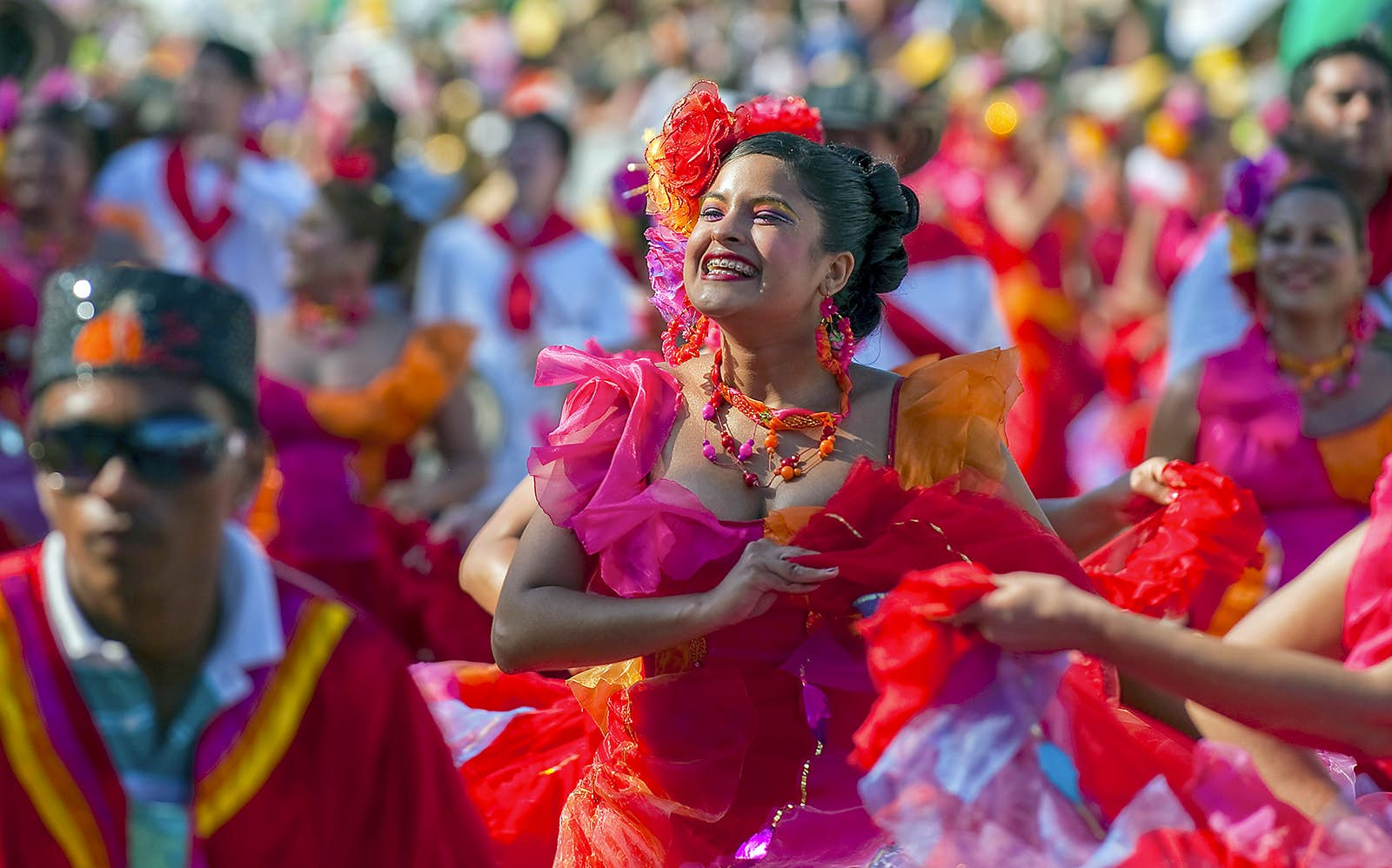The smart Trick of Dance Fridays That Nobody is Discussing
Wiki Article
How Dance Fridays can Save You Time, Stress, and Money.
Table of ContentsGetting My Dance Fridays To WorkDance Fridays for BeginnersSome Of Dance FridaysThe 20-Second Trick For Dance Fridays
Allow's think about Salsa dance and music as a large Tree that resembles this: Salsa is danced globally while lots of technological aspects of the dancing are the exact same across styles (6 steps over 8 beats danced on a quick-quick-slow or slow-quick-quick rhythm), there are a number of "trademark" attributes of the main designs of Salsa that distinguish one from the other.Couples taking part in an Online casino Rueda dance all relocate unison as called by a Leader. Distinct attributes of Cuban style salsa are circular turn patterns (with "break back" actions on counts 1 and 5) along with body language motivated by conventional Afro-Cuban folkloric dances. Distinguishing features of Cali style salsa fasts and detailed footwork, danced with a strong hand hold connection between companions.
The beginnings of the design are a subject of discussion, but it is stated that New York design Salsa dance came from the 1960's due to the influx of Latin American emigrants after the Cuban Transformation. Eddie Torres is the most well understood New york city style dancer, being nearly widely attributed with promoting the design to dance centres outside of New york city.
The standard rhythm of "On-2" is slow-quick-quick. The "youngest" of the styles of Salsa, L.A. Style (some people have called it "West Shore" style) became popular in the 1990's and has its origins in ballroom (Mambo, Swing and Cha, Cha, Cha). Turn patterns lead and follow methods are greatly influenced by these styles, with the Cross Body Lead being the keystone of the design.
Some Known Details About Dance Fridays
Design are execution of turn patterns and figures in the "slot", with the break actions on matters "1" and "5". This style is also characterized by elegant and often elaborate arm styling by the follow to accent the "1" and "5" matters. The fundamental rhythm of "On-1" is quick-quick-slow. While Salsa songs has solid origins in Cuban, Colombian and Puerto-Rican folkoric practices, it can not be marked down that all Afro-Latin and Latin American cultures have contributed to modern Salsa songs as we understand it today.It's possible that because of political factors the payment of Afro-Cuban society and heritage to contemporary Salsa in the 1960's and 70's is not commonly identified, yet it can not be overlooked the huge contribution and impact of the "Queen of Salsa", Celia Cruz. A home name in Cuba and the Central Americas as a singer in the 1950's, Celia left Cuba for the united state
Today Salsa music is produced, carried out and renowned world-wide. In 2000 the influence of Latin American songs and society (not simply Salsa) was acknowledged by the National Academy of Recording Arts and Sciences in the United State and the Latin Grammy Awards were developed. The Latin Grammy's have accentuated the Salsa Legends and modern Salsa musicians alike
The Main Principles Of Dance Fridays
identifying qualities of Salsa music are: 4/4 time signature, Son Clave and Tumbao rhythms, Montuno Piano Unless you have a background in songs, the above 3 features most likely suggest absolutely nothing to you. An easier method to define Salsa music is exactly how it does NOT seem like other sorts of Latin American music.Bachata is a straight 4 beat dancing with a frequency of a syncopated guitara line and a clear lack of any "difficult" piano, brass (trumpet, trombone) lines. Cha, Cha, Cha looks like Salsa music one of the most as it seems like "actually sluggish" salsa/mambo. salsa club san francisco. Cha, Cha, Cha can be identified by it's focus of the double tumbao beat on counts 4 +5 and 8 +1 (the "cha-cha-cha") You've been to a Salsa evening at a club and you're connected you love the songs, the power, the appearance of two dancers moving throughout the dance flooring performing awesome rotates and turn patterns
Many brand name new professional straight from the source dancers pick to discover L.A. "On-1" design slotted Salsa designs are the most prevalent in North America (with some exceptions of some metropolitan centres that still primarily embrace Cuban and Puerto Rican designs) and L.A
The Greatest Guide To Dance Fridays
L.A. Style will quickly teach swiftly show fundamentals of Salsa timing, weight transfer and turn pattern transform. Several dancers, when they've had a year or two of dance L.A. Style Salsa under their belts, "button" to New York style in order to diversify their dancing vocabulary; yet many professional dancers make a decision to stick to just one design of Salsa and appreciate their time on the dancing floor in that certain design.Style and New York City Design all being danced in the exact same club, with a number of the dancers being able to switch from one design to the other from one tune to the following. No issue which design you pick it is necessary to stick to that style up until you're very comfortable with the fundamentals of timing, body rhythm and structure step implementation prior to considering "switching" designs (if you wish to).

Report this wiki page